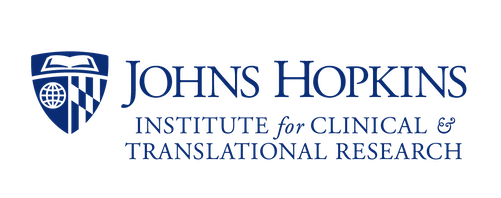Article courtesy of Emily Myrick/ The HUB
Since its inception in 2015, the interdisciplinary project through the Institute for Clinical and Translational Research has prompted meaningful changes in hospital protocol
Last month, 16 teams of Johns Hopkins engineering students presented doctors, nurses, and administrative staff at Johns Hopkins Hospital with recommendations, written reports, and prototypes designed to improve the safety and efficiency of hospital care, the conclusion of an eight-week project facilitated by the Institute for Clinical and Translational Research.
This consulting project, which the Master of Science in Engineering Management program informally calls the “hospital project,” is part of Strategies for Innovation and Growth, a class offered through the Whiting School of Engineering‘s Center for Leadership Education. The CLE prepares students for leadership roles in the professional world through a variety of courses, minors, internships, graduate programs, networking opportunities, and hands-on experiences.
THE ‘EUREKA’ ASPECT OF THE PROGRAM IS BRINGING A NEW SET OF EYES TO ISSUES THAT WE HAVE BEEN DEALING WITH IN THE MEDICAL COMMUNITY FOR YEARS.
– Lynette Mark, Johns Hopkins School of Medicine
This year’s projects were diverse and relevant to the hospital’s daily functions, said Alexander Helms, MSEM student and the course’s teaching assistant.
“The students tackled a wide range of issues from reducing the risk of cyber-attacks on Johns Hopkins Hospital to defining what efficiency means in the operating room,” Helms said. “These are issues the hospital faces every day and have real world costs measured in time, money, and lives.”
One team focused on reducing burn accidents for patients receiving home oxygen therapy, or HOT. During their research, the team members learned that 87% of HOT burn accidents occur as a result of patients smoking while receiving therapy. The team’s recommendations included a prototype for a smoke sensor placed inside of a nasal cannula, the tube that supplies oxygen during HOT, to detect whether patients might be exposing their equipment to an open flame.
The team received positive feedback and encouragement from the project hosts, according to Syarifah Fadhila, an MSEM student on the HOT team. One host even called the prototype “inspiring.”
“As students working on our first real case, this highly motivated us, as we knew our recommendations could actually make an impact and help other people,” Fadhila said.
Since its inception in 2015, the project has influenced meaningful changes to hospital protocol, says Lynette Mark, director of the Difficult Airway Response Team and medical director of the Weinberg Surgical Suite. She responded to ICTR’s first call for proposals with a project for the class.
According to Mark, the hospital’s CPR Committee had just purchased new defibrillators that monitored a patient’s CO2 output, part of an effort to implement the American Heart Association’s new Advanced Cardiovascular Life Support protocol for responding to sudden cardiac arrest. Mark matched with a team of MSEM students, who created an educational piece that trained hospital staff to use the new technology.
Mark took the students’ recommendations to the CPR Committee, and with her chief residents, they were enforced clinically and then presented to peer institutions. The recommendations were “so well received at national and international meetings that other institutions now use this as a role model. The ‘eureka’ aspect of the program is bringing a new set of eyes to issues that we have been dealing with in the medical community for years,” Mark said.
According to Pam Sheff, director of the CLE and MSEM program and one of the course instructors, the value for her students is in learning to solve problems using more than technical thinking alone.
“They learn that human problems can’t all be solved by technology, that it takes a blend of management expertise and technical savvy to address most workflow problems,” Sheff said. “They learn that process improvement is as much about human beings learning to listen to each other as it is about technology.”
Stacey Marks, academic program manager at the ICTR, works with interns from the MSEM program and hospital administration to identify projects and match teams to hosts. Marks, who meets the students before the start of the semester to initiate the project, says that watching the students grow and develop in such a short time makes this project special for the ICTR.
“I love seeing the learning that happens with the students from the day one,” Marks said. “Maybe 10% of them have had a medical background, so for them to be able to come into the hospital and really contribute, I think it’s absolutely phenomenal and why the collaboration is so important.”


